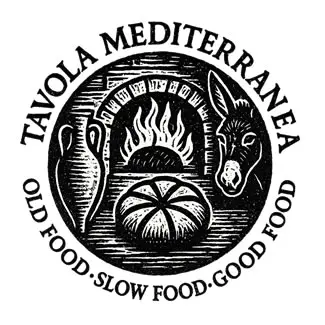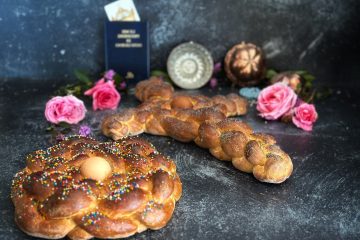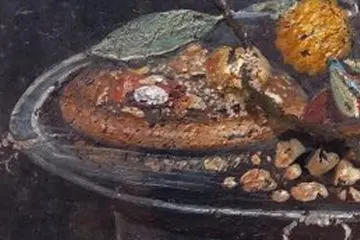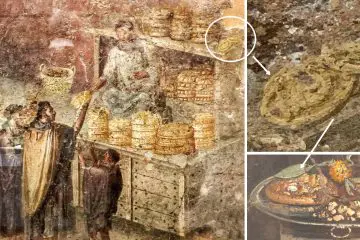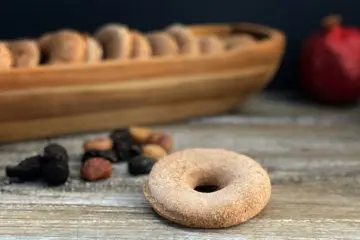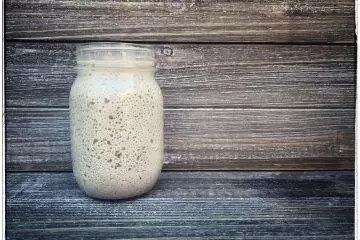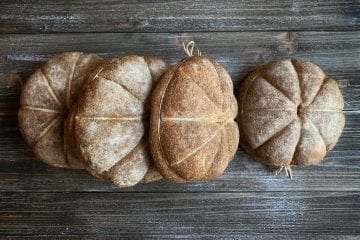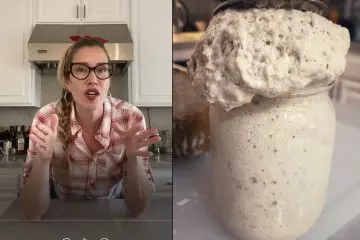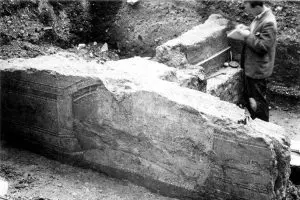Are you curious about how the Roman ‘panis quadratus’ loaf of Pompeii was really made? Do you often find yourself wondering what flour grades were used in ancient Roman commercial bakeries? Do you want to win that bet that you made with your ancient bread-nerd buddies that cord really was used around the perimeter of the loaves during baking? Well, I’ve got good news for you!
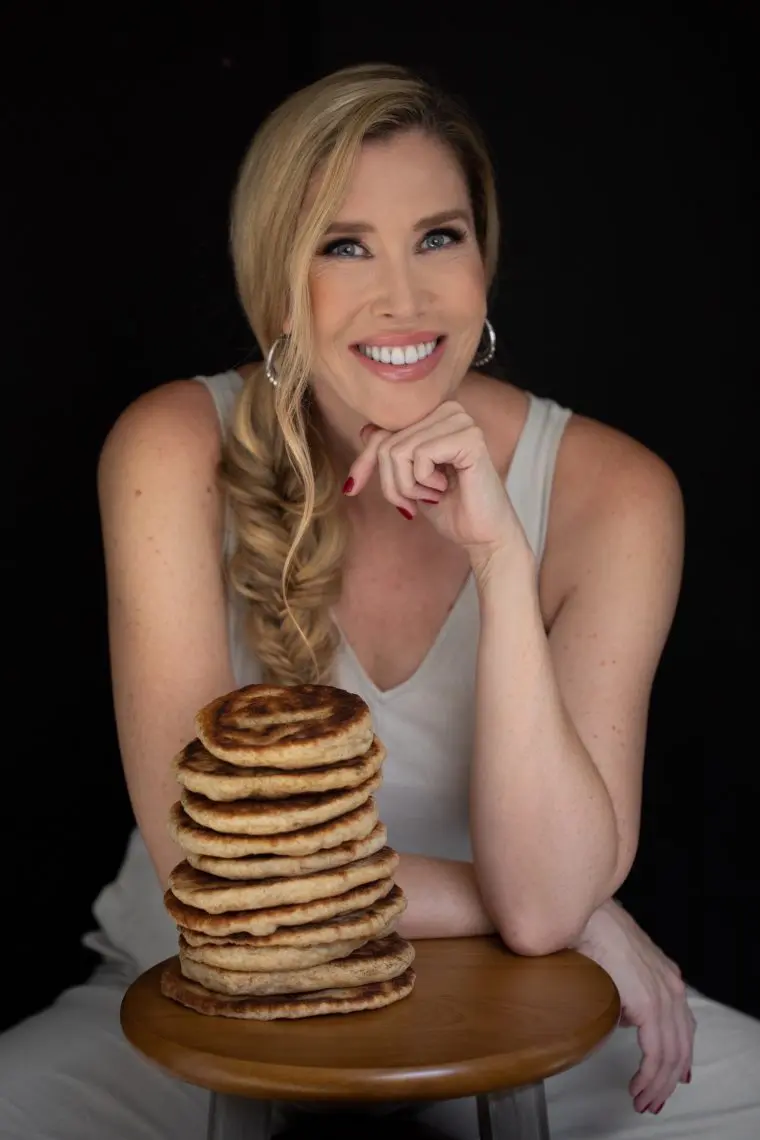
About the author:
Farrell Monaco is an award-winning Classical archaeologist and food-writer whose research centers on food, food preparation, and bread in the Roman Mediterranean. She writes regularly on the role of food and food preparation in Roman daily life on her site, Tavola Mediterranea, and publishes in both English and Italian. Farrell has also written exclusively for Atlas Obscura and BBC Travel. Her work has been featured prominently by National Geographic, Popular Science, The Atlantic, the BBC, The Guardian, The Economist, Esquire Magazine, SAPIENS Magazine, Verve Magazine, Saveur Magazine and Milk Street. In November of 2020, Farrell co-produced, wrote and presented a video on the history of the date palm fruit with The Getty Museum (Los Angeles, USA).
